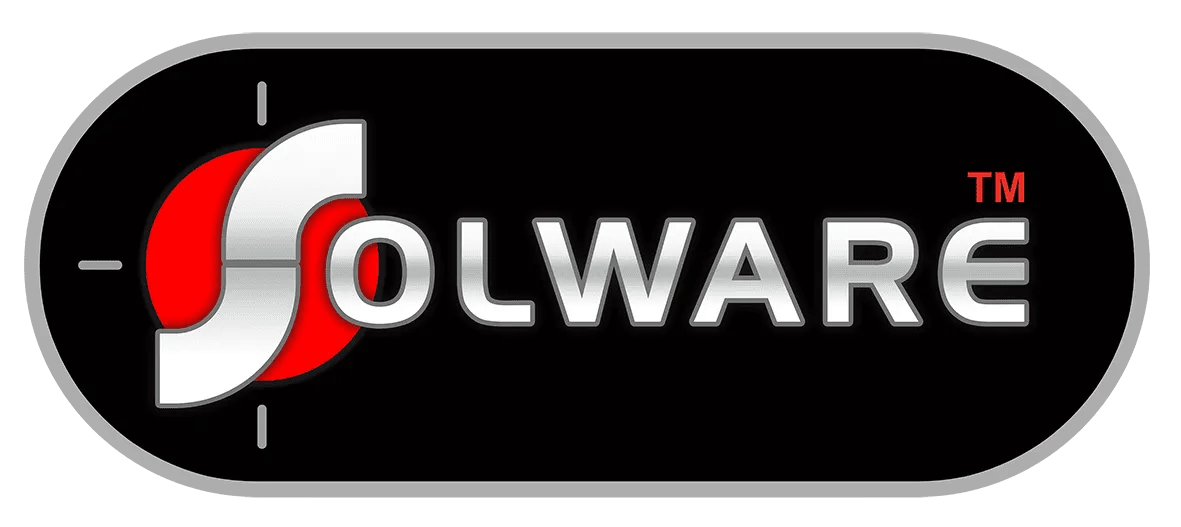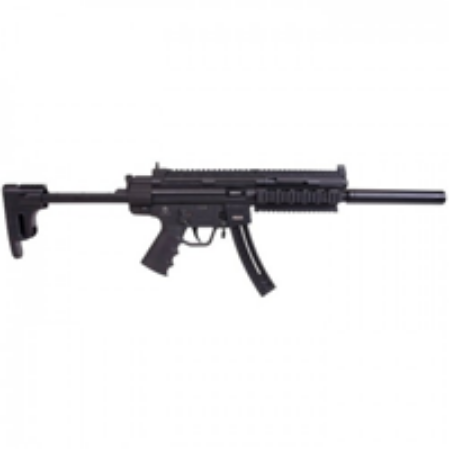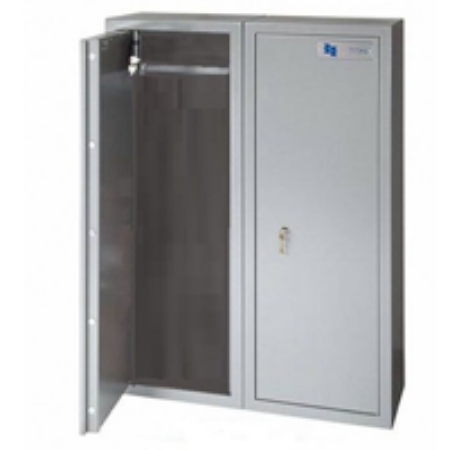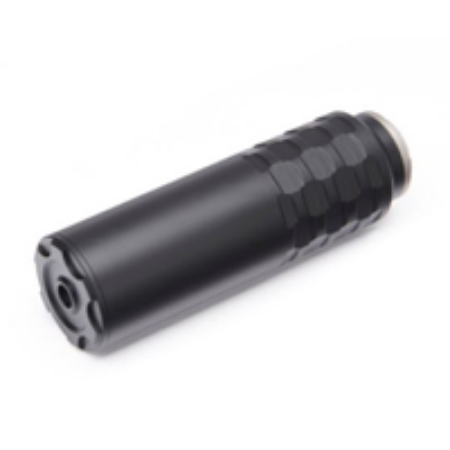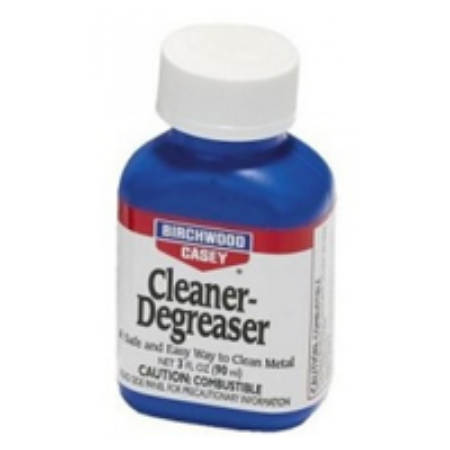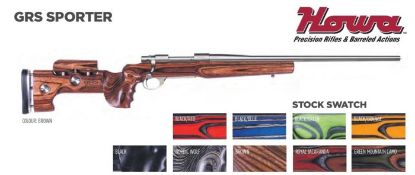Rifles & Accessories
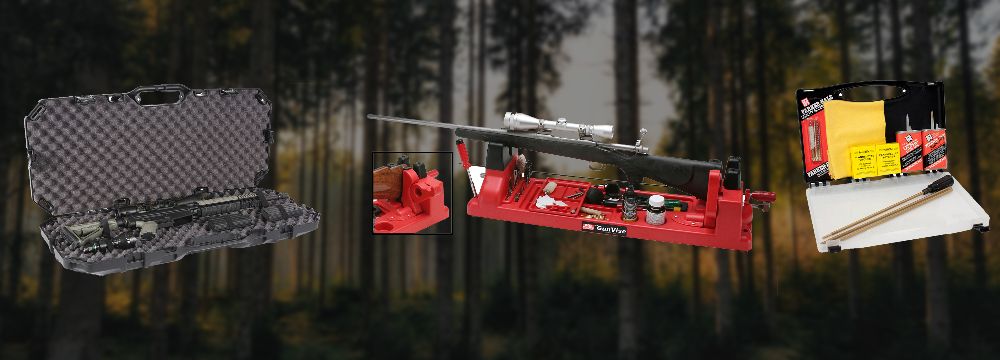
FREQUENTLY ASKED QUESTIONS ABOUT RIFLES & ACCESSORIES
For .17 HMR and .22 rimfire rifles, lightweight, precision-focused accessories work best. Start with a slim scope matched to the cartridge’s trajectory—clear glass, forgiving eye relief, and a reticle suited to small-calibre holdovers. A secure, rated mount prevents point-of-impact shifts, while a compact bipod or rest improves stability without unnecessary weight. Carry spare magazines and a small, rimfire-specific cleaning kit with a brass brush, patches, and solvent to prevent lead buildup. Consider a slim muzzle device rated for rimfire use if allowed locally, plus a soft case and a basic tools kit. Keep records and receipts; store parts; check regularly; inspect before use; replace when worn; maintain safely.
Selecting accessories for centrefire rifles depends on your primary use: hunting, competition, or duty. For precision, prioritize a high-quality optic with repeatable turrets, a rigid one-piece mount, and an adjustable bipod or rear bag. Hunters often prefer lighter optics with lower magnification ranges and corrosion-resistant finishes for rough environments. Tactical or duty configurations benefit from robust rails, backup iron sights, and quick-detach mounts for modularity. Match stock ergonomics and cheek height for consistent eye alignment, and choose magazines and slings rated for your model. Balance weight and durability to suit typical outings. Practice with gear to understand handling, keep accessories compatible, and maintain lubrication and torque settings regularly.
Routine maintenance keeps rifles dependable and accurate. After each use, wipe external metal surfaces to remove moisture and fingerprints, then run solvent-soaked patches followed by dry patches through the bore until they come out clean. Lightly lubricate moving parts and bolt rails, but avoid heavy oil in the chamber or bore. Inspect mounts, rings, and screws for correct torque and look for loose fasteners. Check magazines for spring fatigue and clean their feed lips. Periodically examine stocks, bedding, and recoil pads for damage and ensure optics lenses are clean with proper lens tissue. Keep a maintenance log, rotate cleaning supplies, and schedule deeper inspections seasonally or after heavy use.
A moderator—commonly called a silencer—reduces muzzle blast and perceived noise by slowing and dispersing propellant gases. They improve shooter comfort, reduce recoil impulse, and limit muzzle flash, which helps preserve night vision. Performance varies with calibre, ammunition, and moderator design; subsonic loads are quieter than supersonic rounds because there is no sonic crack. Fitment must match thread pitch and shoulder or use a proper adapter rated for your rifle. Legal requirements differ by jurisdiction: many places require permits, registration, and specific handling, and some ban civilian ownership entirely. Always verify local laws, keep documentation, and use moderators legally and responsibly with hearing protection and safe handling practices.
Choosing optics and mounting systems is about matching gear to task and rifle. Pick a scope whose magnification suits expected engagement distances; low magnification for close targets and higher for long-range precision. Look for clear, reliable turrets if you need to dial adjustments, and consider reticle choice—subtensions for holdovers or a simpler duplex for quick aiming. Mounts must be rated for your rifle’s recoil and correctly torqued to avoid losing zero; use threadlocker where appropriate and follow manufacturer torque specs. A bipod should lock securely, allow height and cant adjustment, and be light enough not to upset balance. Practice with each setup to learn point-of-impact changes and make incremental adjustments for consistency.
Keep a compact cleaning and spares kit tailored to your rifles. For bore care, include rods or flexible cables, appropriate-diameter brushes, jags, patches, solvent, and a rod guide for rimfire or centrefire bores. Carry a multi-bit screwdriver set, roll-pin punches, and a torque wrench for scope mounts and action screws. Stock spare screws, a spare scope ring set, extra magazines, and manufacturer-approved small parts like firing pins or extractors if user-serviceable. Consumables such as lubricant, threadlocker, and light grease are useful. Also pack lens cloths, a small brush for rails, and a soft case or padded storage. Keep a simple inventory so you know what to reorder and replace before failures occur.
